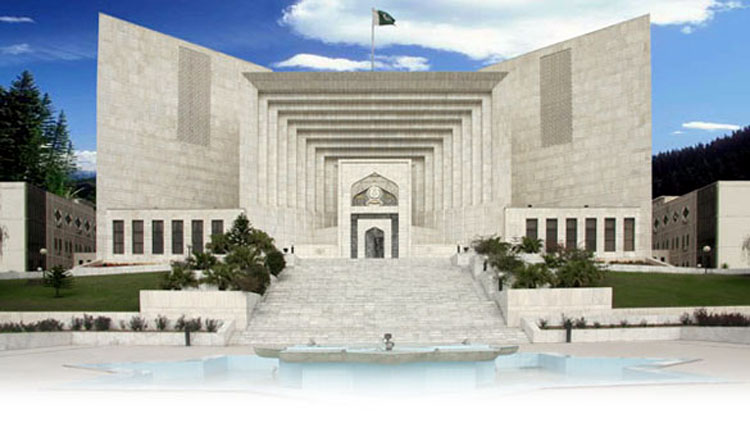CSS Pakistan Affairs Notes
Legal Cases and Role of Higher Courts
Maulvi Tamizuddin Khan’s case
In Maulvi Tamizuddin Khan vs. The Federation of Pakistan (PLD 1955 Sind 96) the High Court examined three issues: whether the Governor-general’s assent was needed to validate Assembly actions and whether the absence of assent invalidated them; whether the Governor-General had the right to dissolve the Assembly; and whether the writ petitions fell within the High Court’s jurisdiction. More generally, the High Court was asked to determine the extent of the Assembly’s powers, its relationship to the executive and the judiciary’s authority to limit executive authority. The issue of assent was vital to the Governor-General’s argument because the writ petition was filed under Section 223-A of the 1935 Act. Relying on past judgments and the Governor-General’s actions pursuant to Assembly acts without assent, Chief Justice Constantine quickly dismissed this “novel objection,” noting that “if accepted [it] would upset a consistent course of practice and understanding.” As Justice Muhammad Bakhsh noted, all parties to the dispute had been acting as if assent were unnecessary. The court therefore ruled that assent was not needed for constitution-making; indeed, Justice Bakhsh claimed that the Assembly “could even repeal the whole of 1935 Act.” The Constituent Assembly was a sovereign body, the Governor-General’s authority was limited in the 1935 Act by the Assembly’s constitutive powers, and “both the powers of assent and dissolution are provisions relating to the Constitution.” Therefore, the power of dissolution was limited. Proposing that Commonwealth custom required dissolution only “by express provision in the Constitution,” Chief Justice Constantine concluded that the “purported dissolution is a nullity in law.” Responding to concerns that the Constituent Assembly’s tenure seemed unending, Justice Bakhsh noted that the 1947 Act had specifically withdrawn the Governor-General’s power to dissolve the federal legislature: “If you need the statutory authority to dissolve a body whose life is only five years, your need of that power is a number of times greater when the life is unlimited.”
